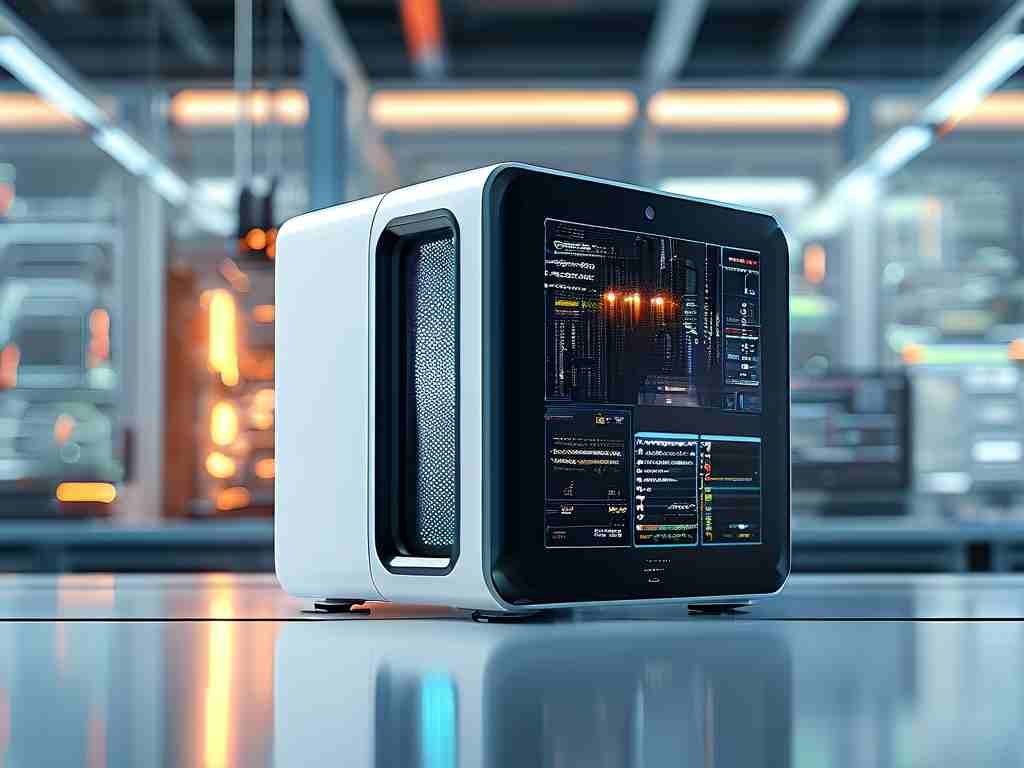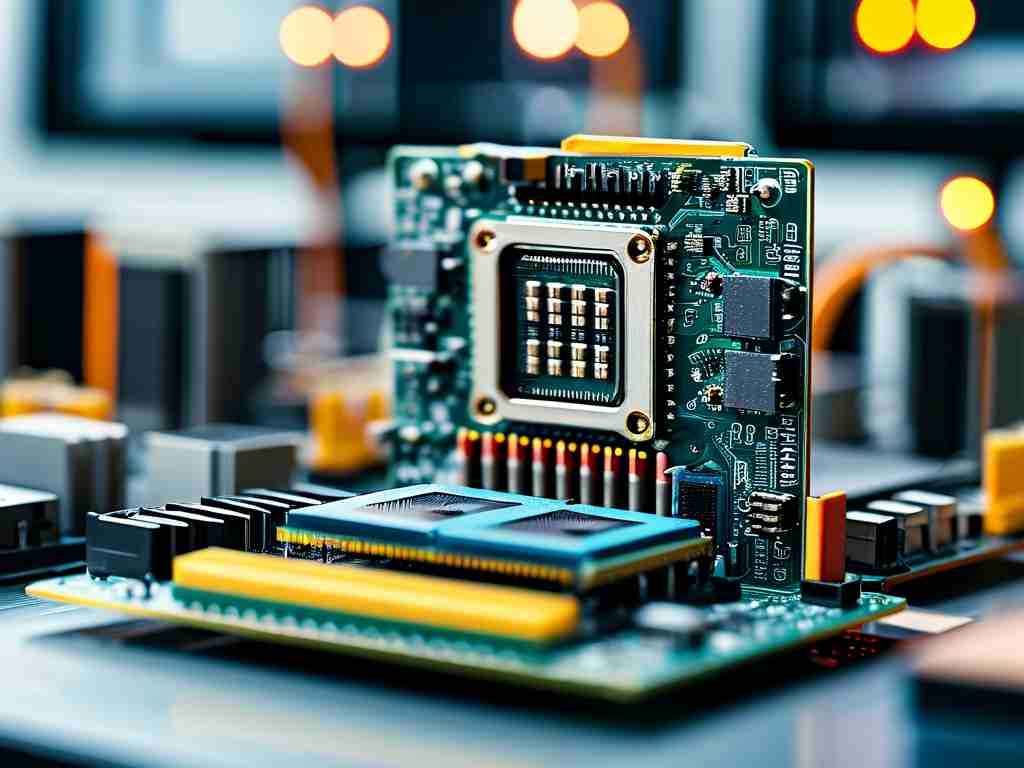Embedded systems development sits at the intersection of hardware and software, requiring a unique blend of technical expertise. For students and professionals aiming to specialize in this field, selecting the right academic discipline is critical. This article explores key academic programs that align with embedded development careers, highlights essential skills, and provides insights into aligning education with industry demands.

Core Disciplines for Embedded Development
-
Computer Engineering
A cornerstone for embedded systems, computer engineering bridges electrical engineering and computer science. Courses often cover microprocessor architecture, digital signal processing, and real-time operating systems. Hands-on labs focusing on FPGA programming or microcontroller interfaces (e.g., ARM Cortex-M) are common. For example:// Sample code for GPIO configuration on STM32 GPIO_InitTypeDef GPIO_InitStruct; GPIO_InitStruct.Pin = GPIO_PIN_5; GPIO_InitStruct.Mode = GPIO_MODE_OUTPUT_PP; HAL_GPIO_Init(GPIOA, &GPIO_InitStruct);
Such practical training prepares graduates to design low-level firmware and optimize hardware-software interactions.
-
Electrical/Electronic Engineering
This discipline emphasizes circuit design, power management, and sensor integration—skills vital for developing embedded hardware. Courses in analog/digital electronics and PCB design equip students to prototype devices like IoT sensors or industrial controllers. Many programs also integrate robotics projects, fostering expertise in motor control and embedded communication protocols (SPI, I2C). -
Software Engineering with Embedded Focus
Some universities offer software engineering tracks tailored for embedded systems. These programs prioritize resource-constrained coding, real-time task scheduling, and middleware development. Students might work on projects involving RTOS (FreeRTOS, Zephyr) or automotive systems using AUTOSAR standards.
Emerging Interdisciplinary Fields
- Mechatronics: Combines mechanical engineering, electronics, and control systems, ideal for robotics or automotive embedded applications.
- Cybersecurity for IoT: Addresses vulnerabilities in connected embedded devices, a growing concern in smart infrastructure.
Industry-Aligned Skill Development
Beyond formal degrees, employers value proficiency in tools like Keil µVision, oscilloscopes, and version control systems (Git). Certifications such as Certified Embedded Systems Engineer (CESE) or ARM Accredited Engineer can enhance credibility.
Choosing the Right Program
Prospective students should evaluate curricula for balance between theory and practice. Look for programs offering capstone projects with industry partnerships or access to modern tools like Raspberry Pi Pico or ESP32 development kits. Internships at semiconductor firms or IoT startups provide real-world exposure.
Embedded systems development demands multidisciplinary knowledge, making academic preparation pivotal. Whether through computer engineering, electrical engineering, or specialized software tracks, aligning education with emerging technologies ensures relevance in a field driving innovations from wearables to autonomous systems. Continuous learning—through workshops or open-source contributions—is equally vital in this rapidly evolving domain.









